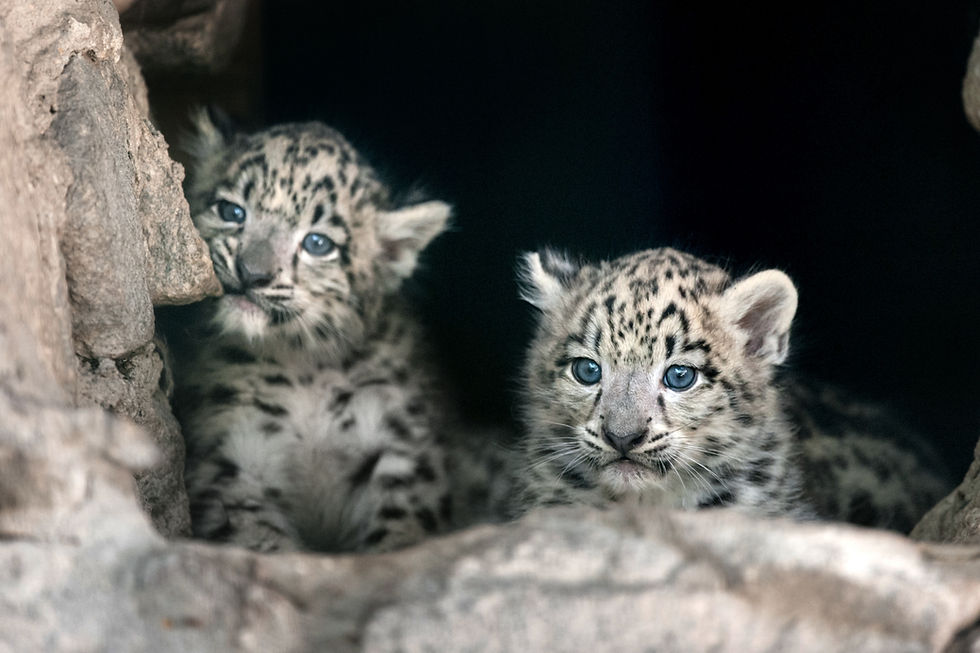Nordelta: The Town That Nature Took Back
- Chipco Preserve

- Sep 1
- 4 min read
Maeve Kiley
The Price of the Gated Community
About 30 kilometers away from Buenos Aires and conceived as an ‘exclusive home for the affluent,’ Nordelta is a shining gated community with luxurious swimming pools, private schools, tennis courts, sailing, golf courses, shopping centers, and much more.
The development was founded in 1999 and encompasses several neighborhoods inside Tigre, Argentina. Eduardo Constantini and Consultatio SA, a real estate development company, founded it. The company is famous for its work in Argentina and Miami, focusing on exclusive neighborhoods catering to the affluent.
The Consultatio SA development company decimated local ecosystems and destroyed wildlife habitats to achieve this 'utopia.' The land now known as Nordelta was once part of the bountiful wetlands of the Lower Paraná Delta, South America’s second-largest river system and one of the most important biospheres in the world.
This vital ecosystem has a complex wetland, rivers, and riverbank habitat patchwork. It also serves as a crucial water source for wildlife and humans alike. It is home to thousands of diverse fauna, such as marsh deer, river otters, Pampas cats, coypu, jaguars, caimans, and capybaras.
All these creatures were forced out of their home during the construction of Nordelta, with one-third (roughly 163,000 hectares) of the Lower Paraná Delta destroyed to make the community. The vital resources that the wetlands produced were lost.
Nordelta’s residents did not hear a peep out of the displaced wildlife for years, until the 2020 global pandemic, when disgruntled locals returned to get back their homes.

A Return Like No Other
Capybaras, or ‘carpinchos’ as they are called in Argentina, are known for their chill, peaceful demeanor.
As the world’s largest rodent, capybaras are not threatened by many predators. Their slow metabolism and grass-grazing-focused lifestyle result in a very relaxed existence. However, human interference has repeatedly upended and threatened their existence. They require wetlands to survive, and those wetlands are being systematically wiped out by development and climate change.
Nordelta’s development pushed hundreds of capybaras out of the homes their ancestors had lived in for centuries. Their numbers dwindled, and they became more fearful of what was once their quiet home, which was now a loud, traffic-filled concrete jungle. Environmental groups such as the Wetlands without Borders Network and Don’t Touch Paraná worked tirelessly to protect capybara numbers. However, no one could have predicted what the 2020 global pandemic and subsequent lockdown would mean for the capybara population.
With most Nordelta residents confined inside their homes, the capybaras crept back into what was once their home. Capybaras are naturally very adaptable, so they made do with the parks and lawns. According to local scientists, they mated rapidly with capybara populations, increasing by 16% in one year.
The local capybaras were a nuisance and a strange sight for the Nordelta residents, but situations escalated when an unusually cold winter in 2021 killed the remaining native grass and plants. The capybaras began crossing dangerous roads, resulting in automobile accidents, to get to the private gardens. They swam in the artificial lagoons and took dips in the private pools. The sun-baked tennis courts were their favorite napping spots, and many sporting events were canceled or hindered because of the capybara interference.
The capybaras were swift. They consumed almost all the lawns in days and trampled the floral bushes. They jumped in front of driving cars, knocked delivery drivers from their bicycles and motorcycles, and attacked pets to defend their territory. The residents were so enraged by July that they brought their stories to the press. They called it an ‘invasion,’ but the public saw it differently.
Who is the Real Invader?
Capybaras reached public acclaim far before their ‘invasion’ of Nordelta. Their chunky, fluffy bodies and easygoing attitude made them internet darlings, with merchandise, memes, videos, songs, children’s books, and even animated movies focused on the famed rodent.
When this story hit the news and the Nordelta residents publicized their complaints, many felt that the capybaras were justified. The capybaras had lived in the region far longer than the human inhabitants, and the development was only expanding. The capybaras were only reacting to a human-made situation. If the development companies had tried to preserve the wetlands instead of destroying them all, then the capybaras might not be making nests in tennis courts. Thus, the debate continues.
The environmental debate surrounding the development of wild lands has been ongoing for decades. The relationship between the wild and the urban has significantly soured by situations such as Nordelta, where the wild has been brutalized and pushed aside in exchange for sleek houses, fancy swimming pools, and pristine courts. Instead of repairing the damage inflicted, many of these developments only worsen the problem.
Unfortunately, Nordelta has been committing the same crime. To prevent their growth, Nordelta has been hiring professionals to sterilize capybaras. The grasses have also been sprayed with carnivores’ scents to scare them off. All of these efforts are only temporary solutions to an ongoing issue.
Even if the capybaras are stopped, the wetlands will still be destroyed. Crucial water sources, vital habitats, and South America's lifeblood are being decimated. Permanent protection must be employed, or else the beauty of nature will be eradicated for a few more golf courses.
Works Cited
Aires, C. N. (2022, May 5). Why capybaras “invaded” a rich gated community in Argentina. Time. https://time.com/6173837/capybaras-argentina-climate-change/
Capybara - facts, Diet, Habitat & Pictures on animalia.bio. Animalia. (n.d.). https://animalia.bio/capybara
Centenera, M. (2025, February 14). Too many capybaras: Rodents face vasectomies in luxury Argentine community. EL PAÍS English. https://english.elpais.com/international/2025-02-14/too-many-capybaras-rodents-face-vasectomies-in-luxury-argentine-community.html
Hundreds of capybaras ‘conquered’ this town. now what? - The New York Times. (n.d.). https://www.nytimes.com/2025/04/17/world/americas/argentina-capybaras-vasectomies.html
Jennings, K. (2014, July 14). Why the Paraná Delta is unlike any other place in the world. Condé Nast Traveler. https://www.cntraveler.com/stories/2014-07-14/parana-delta-maphead
The Parana Delta in Argentina: Maintaining wetlands and traditional livelihoods. Wetlands International. (2023, June 28). https://www.wetlands.org/case-study/the-parana-delta-in-argentina-maintaining-wetlands-and-traditional-livelihoods/




Comments